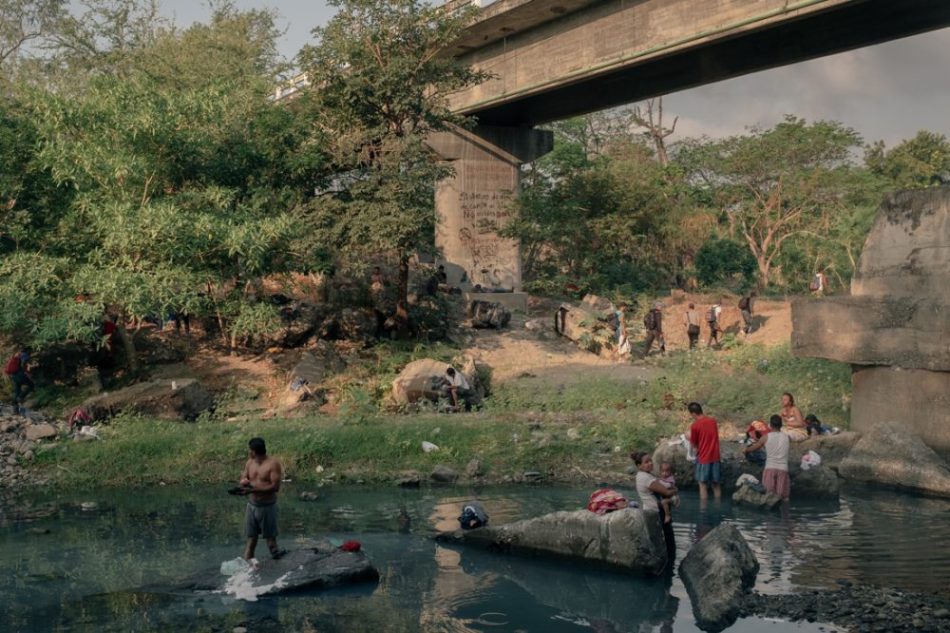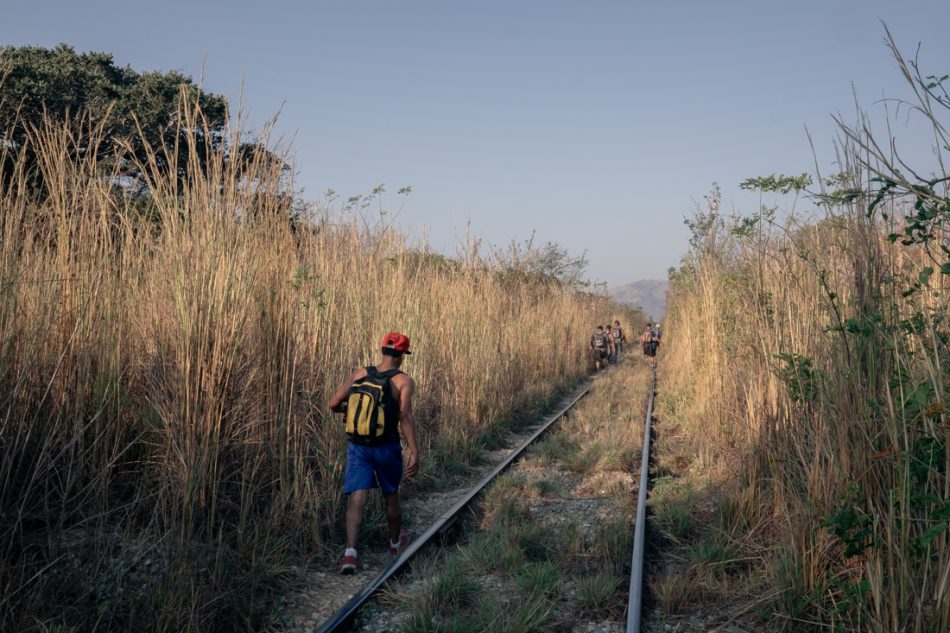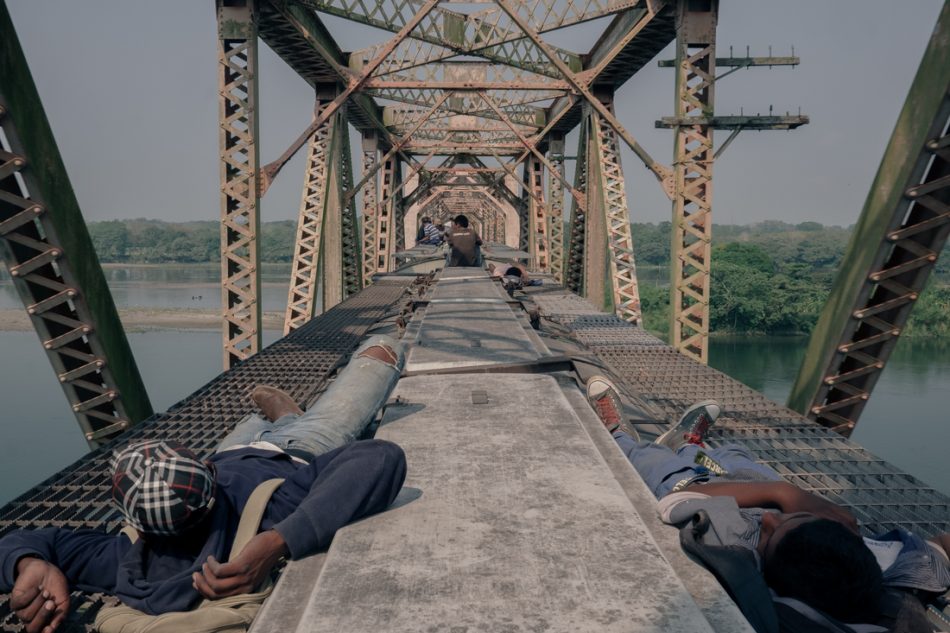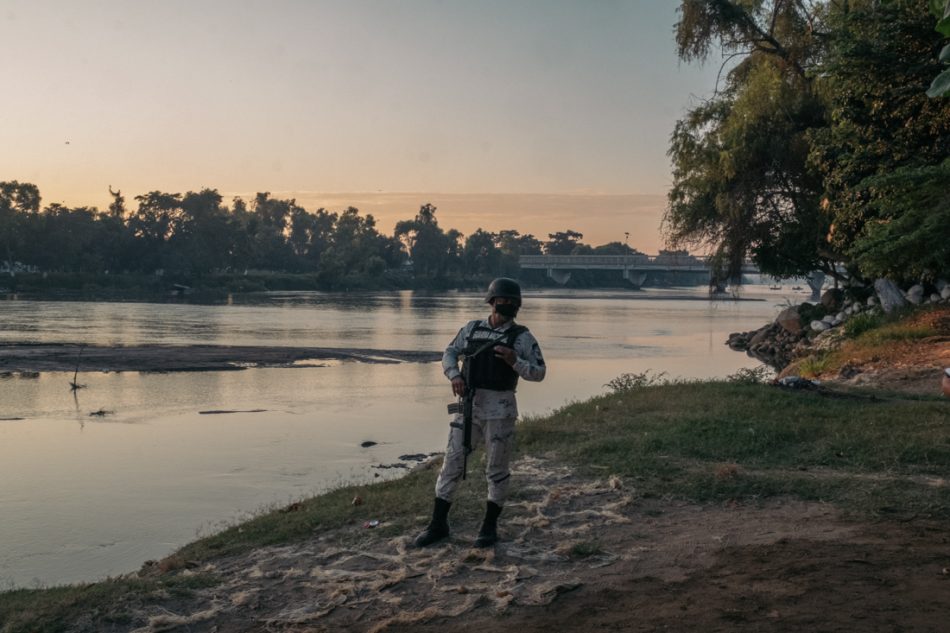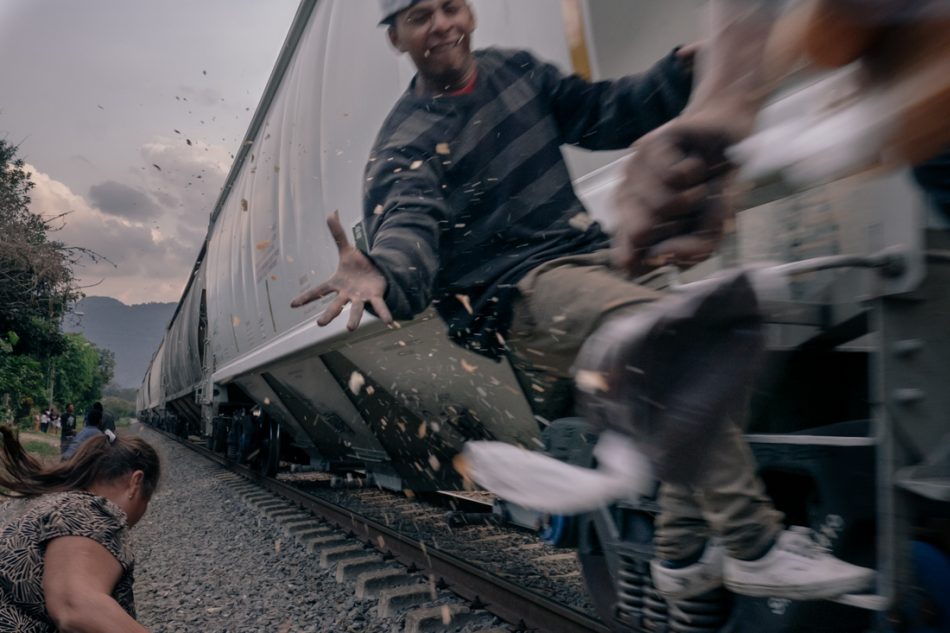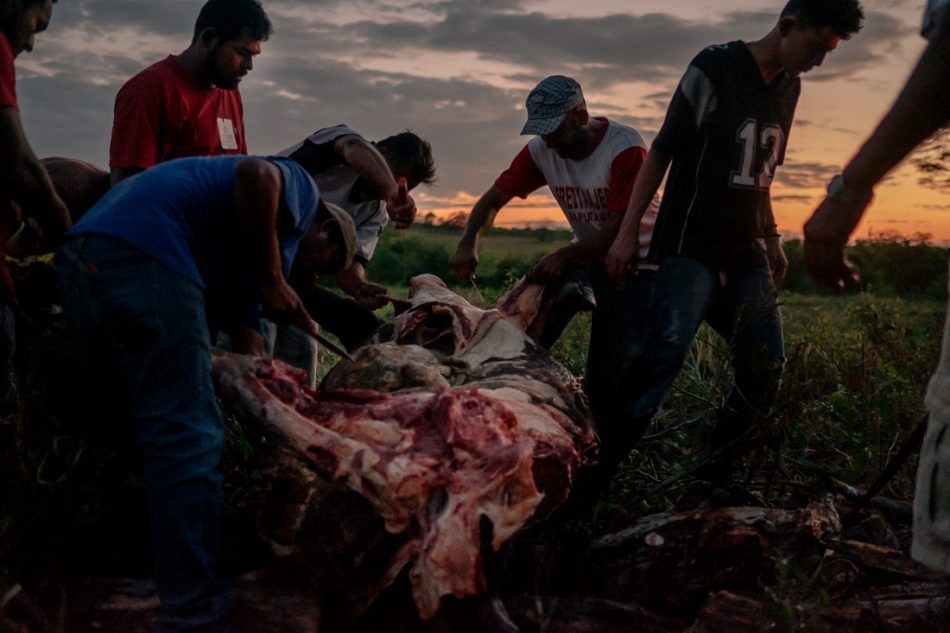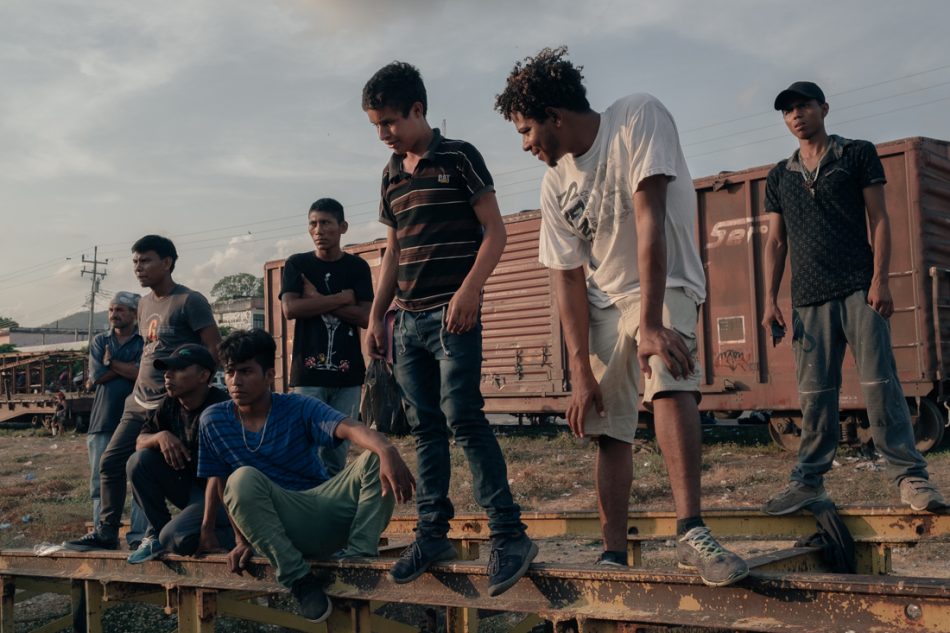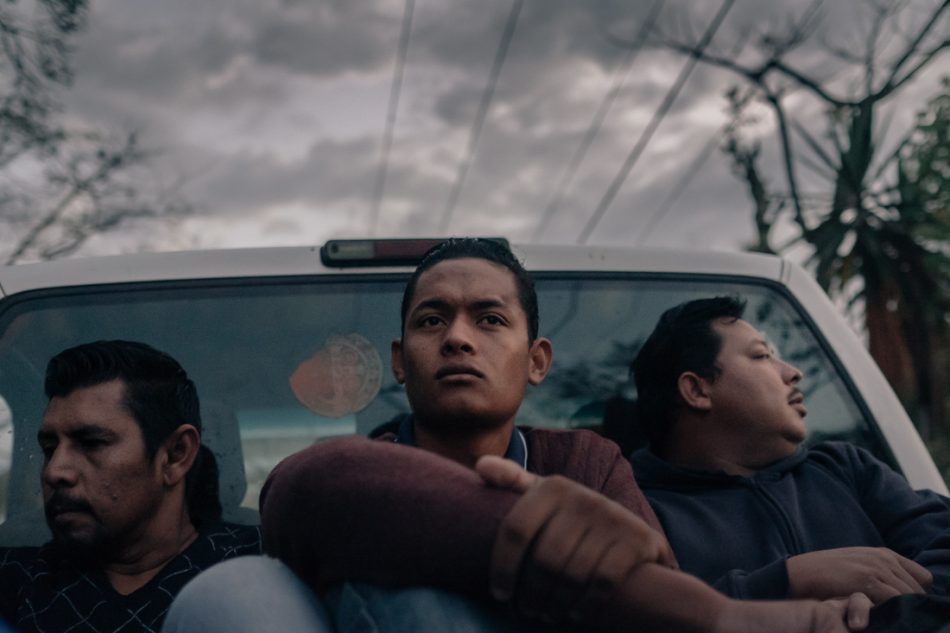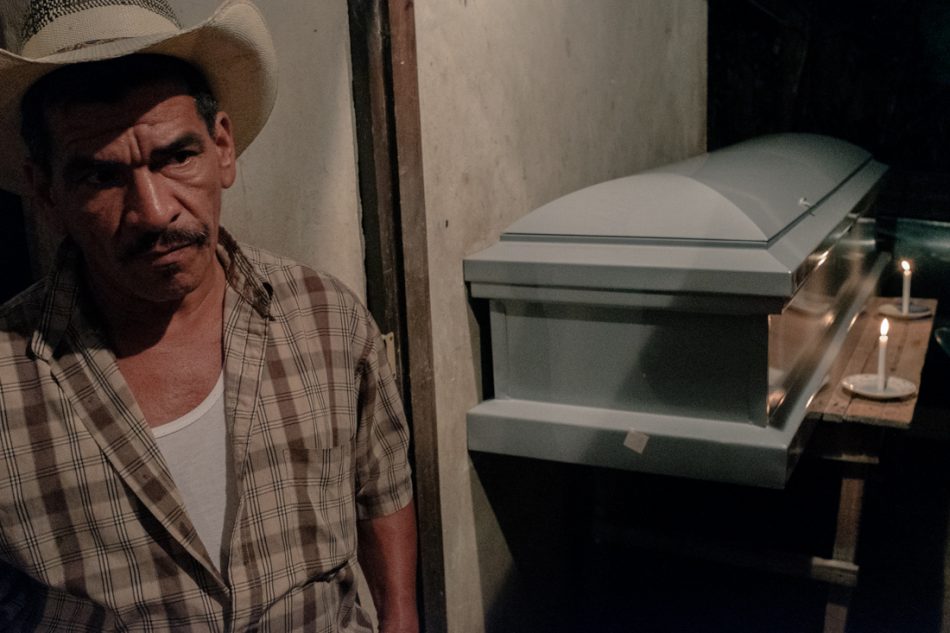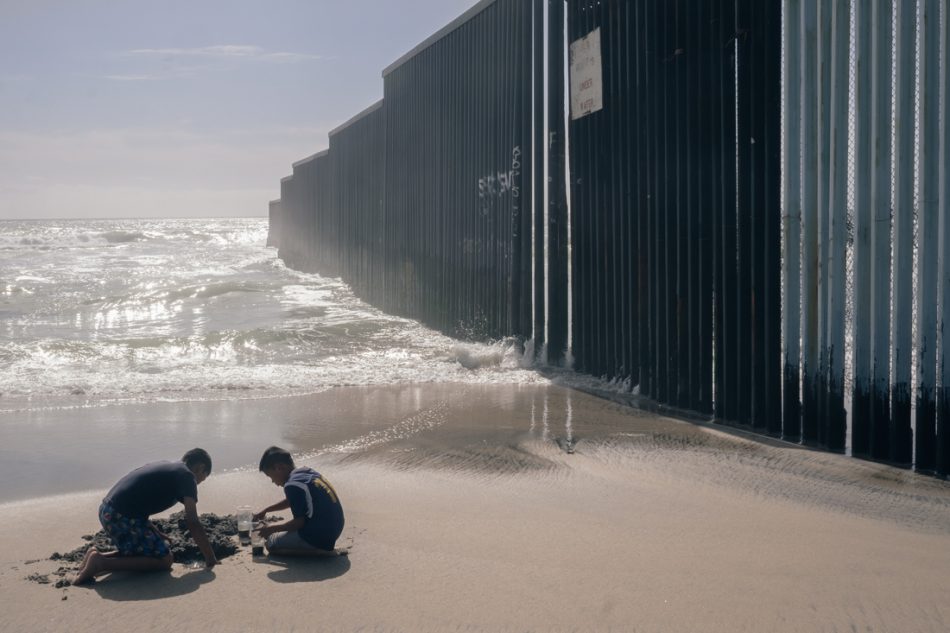Southern Border
Jeoffrey Guillemard
2017-2021 — Mexico, Guatemala, Honduras, USA
About this series
Donald Trump was inaugurated as the 45th President of the United States on January 20, 2017. Among his shocking promises as a candidate, Trump had vowed to build a “Great Wall” between the United States and Mexico. The wall, he told American voters, would protect them from all kinds of scourges, among them immigrants and drugs. His policies, together with an upsurge in violence in the northern triangle of Central America (Honduras, El Salvador and Guatemala) have left migrants in a desperate situation. By threatening to increase tariffs on imports from Mexico, Trump convinced the Mexican government to deploy the National Guard and arrest migrants on a mass scale. With this blackmail, Trump outsourced the work of policing the US border to Mexico.
The border of the United States begins in southern Mexico. This is how Central American, Cuban, Haitian and African migrants describe their journey in pursuit of the American dream. They set off on makeshift rafts along the Rio Suchiate near Guatamala’s border with Mexico. After that, they walk for days, some trying to latch on to “La Bestia”, the freight train that travels north. Alone or in caravans, the migrants do their best to avoid the Mexican migration police. Despite the long journey and the many dangers, thousands of migrants take this route every day. They are fleeing the gangs and violence that plague their countries. Along the way, they lose their money, their dignity and sometimes their lives.
Photographer: Jeoffrey Guillemard
Nationality: french
Based in: Mexico
Website: www.jeoffreyguillemard.fr
Instagram: @jeoffreyguillemard
Jeoffrey Guillemard was born in 1986 in Nancy, France. He has been working in South America and America since 2006, primarily in Mexico where he now lives. He started as a self taught photographer and in 2014 he followed the EMI-CFD photojournalism training in Paris, France. His work focuses on contemporary social issues such as migration, sexuality, religious practices and social movements.
He is a member of the HAYTHAM PICTURES agency (distributed by Agence Rea in France).
Publications include The Washington Post, Le Monde, D La Repubblica, Bloomberg Businessweek, Spiegel Online, VICE, Libération, 6Mois, Society, So Foot, Pèlerin, La Croix, Les Echos, Causette, Courrier International…


